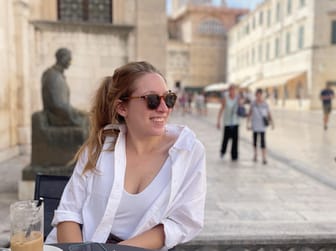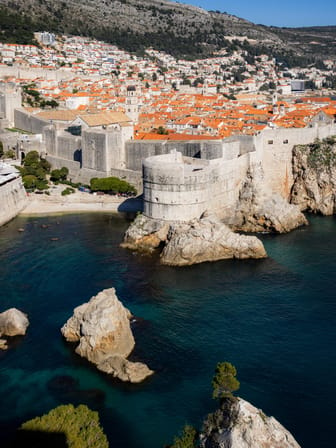Franciscan Church and Monastery
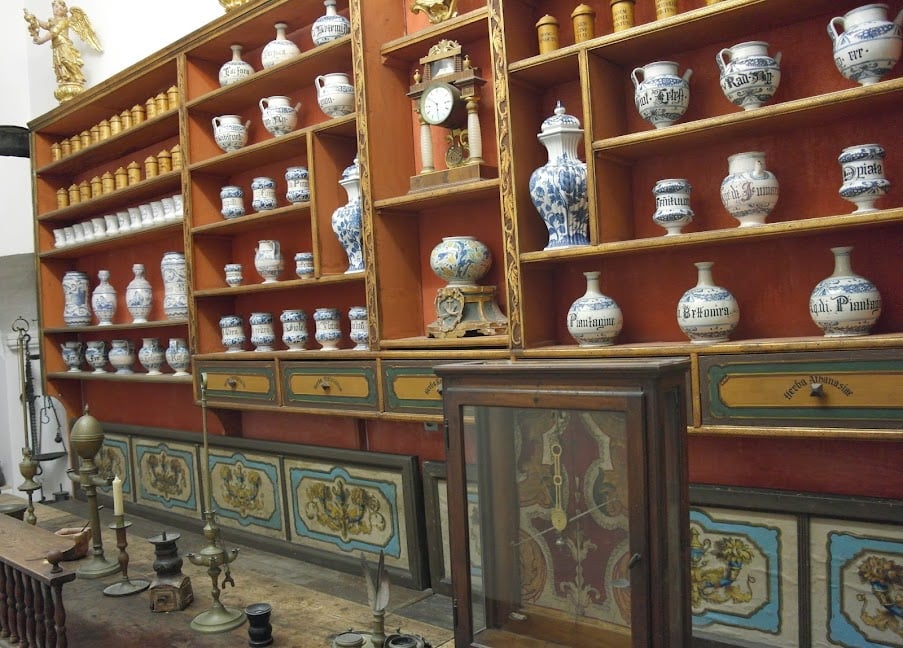
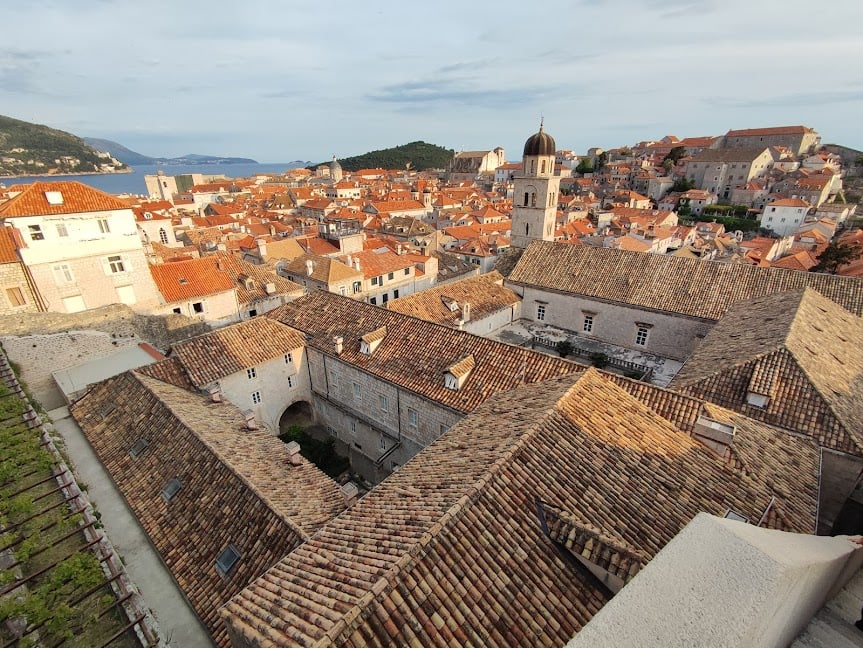
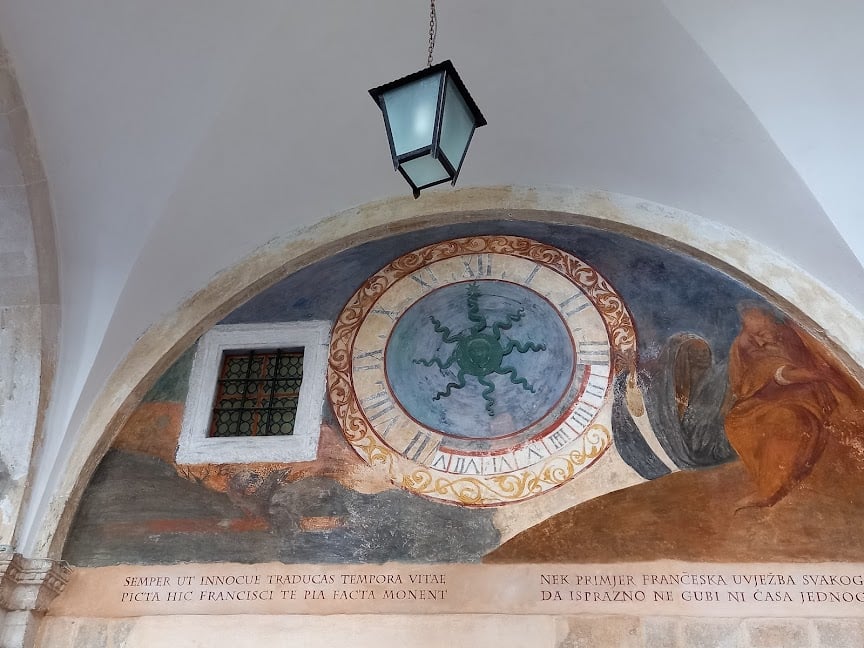
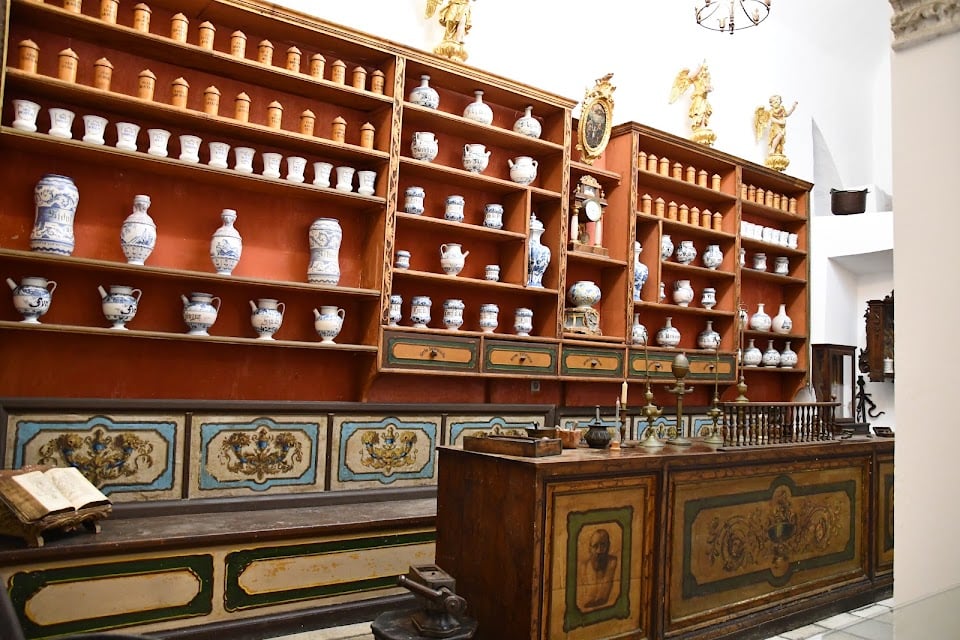
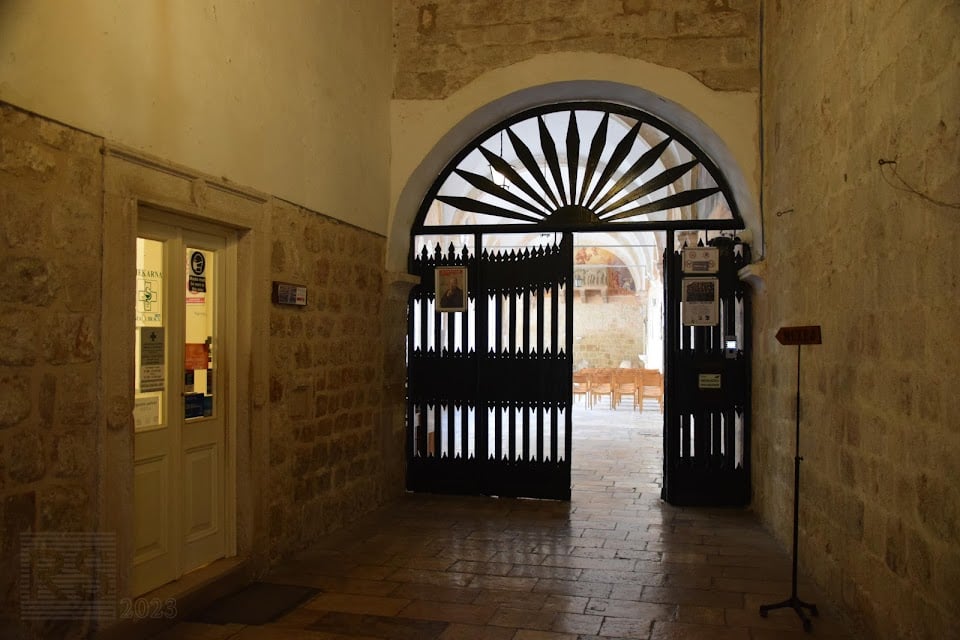
Ask ThatchGPT
Suggest a local expert to plan my trip
Suggest an unique itinerary for my Dubrovnik trip
What foods do Dubrovnik locals eat
What are some true hidden gems in Dubrovnik
Help me brainstorm trip ideas for Dubrovnik
Help me plan a family-friendly trip to Dubrovnik
What people say
Pedro Pereira
Available for hire
"The large complex of the Franciscan Monastery is situated at the very beginning of Placa, to the left of the inner Pile Gate, next to the Holy Savior Church. The lateral facade of the monastery church runs along the principal street of Dubrovnik, while the monastery extends north along the walls, reaching as far as the Minčeta Tower.
The Franciscan order arrived in Dubrovnik around 1234, establishing the first monastery in the 13th century in the Pile area, where Hotel Hilton Imperial now stands. However, as the city faced the threat of war, a decision was made in 1317 to demolish this original monastery (known as the Franciscan Monastery of St. Thomas) to prevent its potential use by enemies in the event of a siege. That same year, a new monastery (the Friars Minor monastery) was constructed within the city walls, with work continuing over the centuries.
The establishment of the Friars Minor pharmacy also dates to this year. While the Franciscan order traditionally cared for sick brethren, this pharmacy was designed as a public pharmacy, serving both the monks and the wider community. Its location on the monastery's ground floor allowed it to provide a steady income, fulfilling the order's material needs. Today, the Friars Minor pharmacy is recognized as the third oldest functioning pharmacy in the world. In 1938, a pharmacy museum was established within the Franciscan monastery, showcasing exhibits from the history of this noble profession.
The large Franciscan church was once one of the wealthiest churches in Dubrovnik until it was destroyed in the Great Earthquake of 1667. The only surviving element from the former structure is the portal on the south wall, which was likely relocated from the front to the lateral wall during the 17th-century restoration. According to a 1498 contract, this portal, the most monumental of its time in Dubrovnik, was carved in a leading local workshop owned by the brothers Leonard and Petar Petrović.
The portal exhibits all the characteristics of Gothic style, while the solid volumes of the figures reflect a Renaissance spirit. Above the door-posts are figures of St. Jerome and St. John the Baptist, with the Pietà represented in the central Gothic lunette, and the figure of the Father Creator positioned above it. This iconography and the choice of patron saints illustrate the Franciscans' aspirations and social doctrine during a politically turbulent time. St. John the Baptist symbolizes Christian constancy against Turkish incursions, while St. Jerome signifies spiritual unity with Dalmatia. The Pietà reflects compassion for the impoverished urban community seeking solace from the Franciscans, and the Creator figure symbolizes resistance to contemporary humanist views. The church was reconstructed in the Baroque style.
The northern wall of the church forms the southern wing of one of Dubrovnik's most beautiful cloisters. Built in the late Romanesque style by master Mihoje Brajkov of Bar in 1360, the cloister features a harmonious ambiance framed by a colonnade of double hexaphoras, each with unique capitals. It is considered one of the most valuable late Romanesque creations along the Croatian Adriatic coast. The monastery also has another cloister built in Gothic style, but this area is for private use and is not accessible to the public.
The cloister of the Friars Minor Monastery is among the most beautiful places to visit within the Old Town of Dubrovnik. Its combination of valuable museum exhibits and the rich history behind the Franciscan monastery and its centuries-old pharmacy make it an essential attraction that every visitor should take time to experience.
The monastery houses one of Croatia's richest old libraries, renowned globally for its valuable collection. The library comprises over 70,000 books, including more than 1,200 ancient manuscripts of extraordinary significance, 216 incunabula, and 22 volumes of old church choral music dating from the 15th to the 17th century. The collection of liturgical and art objects is displayed in a large Renaissance hall, which also features the inventory from the old Franciscan pharmacy, paintings by old masters, valuable goldwork specimens, and rare books."
Read more in:
Mentioned in these guides
About Franciscan Church and Monastery
Get the inside scoop on Franciscan Church and Monastery from local experts, travel creators, and tastemakers. Browse genuine trip notes, Franciscan Church and Monastery reviews, photos, travel guides, and itineraries from real travelers and plan your trip with confidence.
Save this spot for later or start mapping out a new trip today
Try our AI Travel Assistant and get instant answers to any questions about your trip.
Ask ThatchGPT
